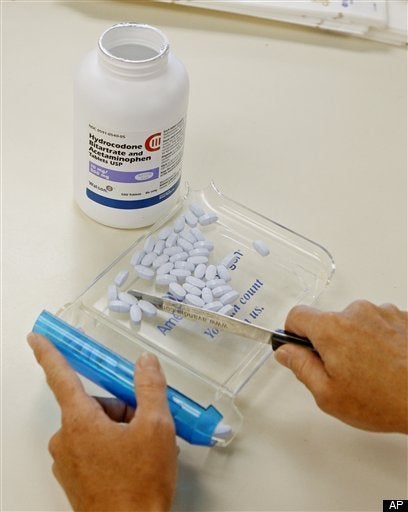
Less than ten percent of the nation's 38 million elderly people are living in poverty, according to the official statistics. But once medical care and other costs of living are factored in, the number of people 65 and older living in poverty jumps to 16.1 percent, according to a new Census Bureau analysis.
Research on new ways of measuring poverty has been underway at the Census Bureau since 1995, when the National Academy of Sciences released a report that called for changes in the accounting of poverty. The official poverty rate has been calculated the same way -- based primarily on the cost of food -- for decades, while life has become more expensive.
The Census will continue to report poverty numbers using the old formula. Next fall, if the President's 2011 budget is approved, the Census Bureau will release for the first time a new measure, known as the "Supplemental Poverty Measure," that will include some of the factors considered in the recently-released research.
Overall poverty using the research methodology is only slightly higher. The official poverty rate for all groups rose in 2009 to 14.3 percent from 13.2 percent the previous year, reflecting not only the impact of the recession, but also the expanded safety net that came from the stimulus bill, which prevented the number from rising as much as economists expected. Under this alternative measure, poverty would have been 15.7 percent in 2009.
Among the elderly, the new method of calculation would potentially have the biggest effect. Even with Medicare's prescription drug coverage, seniors are still responsible for some copays and fees, which can add up for a person living on a fixed income. For the past two years, Social Security beneficiaries have been denied a cost-of-living increase.
The new elderly poverty stats come as politicians wrestle with cutting Social Security benefits in the name of reducing the budget deficit -- though the program is funded separately by payroll taxes and does not contribute to the debt.
What the numbers show is that rather than Social Security benefits being too generous, they are too meager to keep one in six old folks out of poverty.
"Our rolls are swelling. There are more and more people on our rolls, there are more and more people in need of our services," said Enid Borden, CEO of the Meals on Wheels Association of America, which delivers meals every day to a million people over 60. "The other side these numbers don't tell is the fact that seniors in this country are going hungry. How can we let that happen?"
Historically, elderly poverty has declined substantially from the days before the New Deal of the 1930s. The government's official statistics go back to the '60s, when the elderly poverty rate stood at 35 percent.
By the 1980s, the official rate had dropped to 10 percent, a plunge economists attribute to the Social Security Act's old-age insurance program. "Our analysis suggests that the growth in Social Security can indeed explain all of the decline in poverty among the elderly over this period," concluded Gary Engelhardt and Jonathan Gruber in a rigorous 2004 National Bureau of Economic Research report.
Since then, however, benefits have plateaued and the reduction of the poverty rate stalled out. Engelhardt and Gruber calculated that every ten percent decline in benefits would lead to a 7.3 percent increase in elderly poverty.
As HuffPost reported in December, before Social Security, most old people had two options: spending their last days with their children or alone with strangers in a poorhouse.
Social Security is not as lucrative as people perceive. The nearly 54 million people drawing Social Security benefits receive, on average, $1,073.80 per month. The Center on Budget and Policy Priorities estimates the program keeps some 20 million people out of poverty, including 13 million elderly Americans. Yet cuts are on the table, despite the robust state of the program's finances, which can cover full benefits through 2037 and boasts a surplus trust fund of $2.6 trillion as of this fall.
The Census Bureau's Kathleen S. Short, in her report on the alternative formula, explained the reasoning for including an estimate of out-of-pocket medical expenses.
"While many individuals and families have health insurance that covers most of the very large expenses, there are the costs of health insurance premiums and other small fees that the typical family pays out of pocket," Short wrote. "Further, there are some who are not covered by medical insurance. Expenditures on health care have increased and become a more significant portion of a family's budgets and spending for health care should be accounted for as an important expense."
Click HERE to download a PDF of the Census Bureau's research Supplemental Poverty Measure.